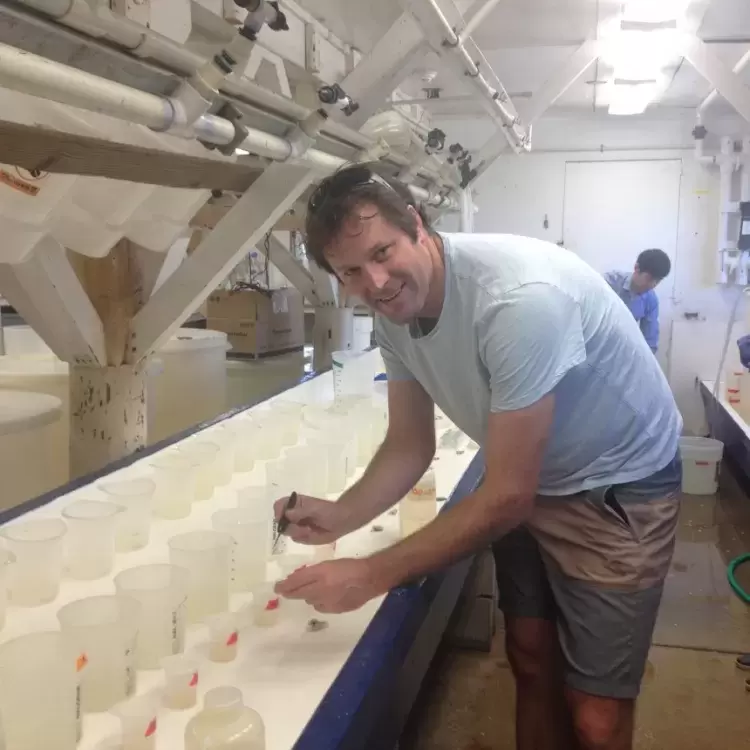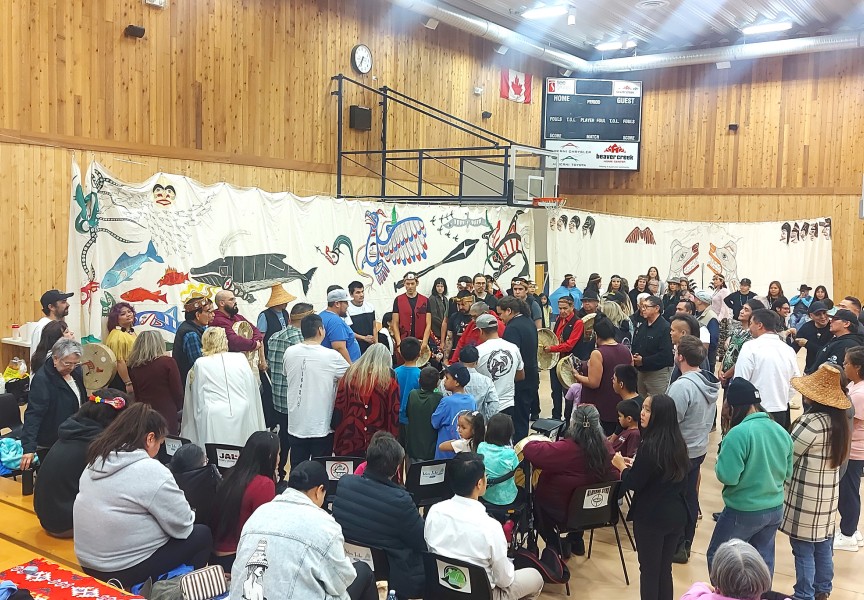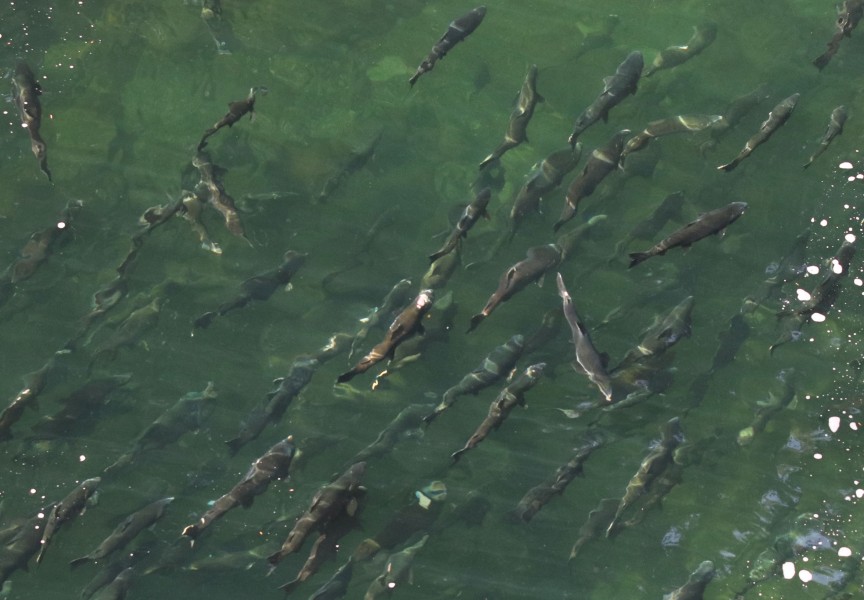The Vancouver Island University is happy to announce they have Canada’s Research Chair in Shellfish Health and Genomics working with them now. Dr. Timothy Green will be coordinating a five-year project, specifically on oysters, hoping to understand exactly which of the oyster’s genes help it to be more resilient to higher levels of acid in ocean waters. Dr. Green previously developed a vaccine for oysters, and VIU hopes his new research will be just as fruitful.
“VIU is committed to supporting our coastal communities by undertaking research in areas of importance to the Island’s Indigenous and local communities,” said Dr. David Witty, VIU’s Provost and Vice-President Academic. “Green’s global perspective in applied shellfish research will greatly contribute to our understanding of the impacts climate change is having on shellfish populations, and how to best address those impacts to support a thriving coastal aquaculture industry, which so many of our communities rely on.”
Dr. Green suspects that climate change is causing the oceans to acidify. And though it hasn’t been proven yet, a good amount of research coming from Oregon State University suggests the acidic waters make it harder for baby oysters to form their shells. Dr. Green has taken the direction of his study from this, hoping to help oysters and their farmers adapt to the changes that may be coming to their environment.
“Our study is going to set up a breeding program, and try to use traditional genetic selection to breed oysters that are resistant to ocean acidification… and understand why they’ve become resistant or tolerant, and if there are any negative consequences,” explained Dr. Green.
“So, if you bred an oyster that has tolerance, what does it have to give up? Does it become less productive, maybe because it’s putting more resources into making the shell?” he said, sharing one of the issues that might come up for an oyster when they do become more resilient physically.
The studies done so far have only touched on the issue, and none of them have investigated whether the oyster suffers in any way when they develop resilience.
Dr. Green’s ultimate goal is to ensure the long-term strength and sustainability of the oyster-farming industry. And while there is some controversy around fish and shellfish farming on the West Coast—with some people believing it’s responsible for a variety of environmental problems—Dr. Green sees it from a positive angle.
“Harvesting wild is quite beneficial,” he said. “Shellfish are really good for the environment. They filter the water… So they clean up the water. And they provide a great source of food, and don’t really have much of an impact on the environment. If anything, they’re more advantageous.”
Environmenal changes aren’t the only challenge oysters are facing. Oyster around the world – in Australia, Europe, Asia, New Zealand, and California—are contracting herpes. This isn’t the same strain of the virus found in humans, nor is it transferable to humans. It does, however, cause problems by increasing the oyster mortality rate. The vaccine Dr. Green developed that targets herpes has been largely successful, but is facing issues around cost. The vaccine costs more to use than an oyster is worth, rendering it too expensive to be practical.
Some quick facts about oysters from Dr. Green are:
They can live beyond 25-years of age, with some shellfish (clams specifically) having been found alive at 400 to 500 years old. And sometimes fish farmers form an emotional attachment to one particular clam or oyster, and will keep them as a pet for decades.
Oysters can reproduce by the time they’re two years old. Female oysters release up to 40 million eggs at one time, while males release almost as much sperm. Oysters reproduce similar to salmon—meaning their process is external. They release their fluids in the water, and it’s up to the eggs and sperm to find one another for fertilization to take place. The conditions have to be just right for them to feel it’s time to procreate. For example, the water has to be a certain temperature, and there has to be enough food nearby. And despite the high number of possible oysters born, only ten or so will actually make it to adulthood. After the egg is fertilized, it floats around the ocean for 20 days, then finds a rock to “settle” under, where it lives and grows.
After hearing about Dr. Green’s study, Sabrina Crowley, Uu-a-thluk’s associate biologist (NTC’s fisheries department), had as many questions as Dr. Green. She is ultimately hopeful that the results can be used for good.
“It is an interesting subject,” she said. “I think the more we know about this species and its capabilities, the better. I am particularly curious about the capability of oysters adapting to their changing environment, and if it varies across species.”
“For example, are changing environmental conditions going to put an even harder strain on our native species, the Olympia oyster (Ostrea conchaphila) that is already listed under SARA as a species of special concern?” said Crowley, adding more questions to her growing list. “Will the commonly farmed species, the Pacific oyster (Crassostrea gigas) better withstand the changing ocean conditions compared to our native species? Are there other species more capable of withstanding those conditions?”
And like Dr. Green, Crowley, too, feels shellfish farming can be positive. In fact, she recently purchased land in Barkley Sound, to have her own shellfish farm. And she says the Nuu-chah-Nulth nations already have multiple shellfish farms, so could benefit from this new research.
“Oyster farming is an opportunity for local communities to get involved in a business close to home, particularly for First Nations communities that reside along our coast,” she said. “A lot of our Nuu-chah-nulth Nations have communities that are located in isolated areas, and shellfish farming is an opportunity to earn an income without having to leave.”
“If ocean acidification impacts our naturally spawning bivalves in the marine environment, then this would affect Nuu-chah-nulth communities by impacting their food needs and potentially their shellfish operations,” she added. “The research Dr. Green is investigating would be helpful to all communities relying on shellfish for food or production.”







